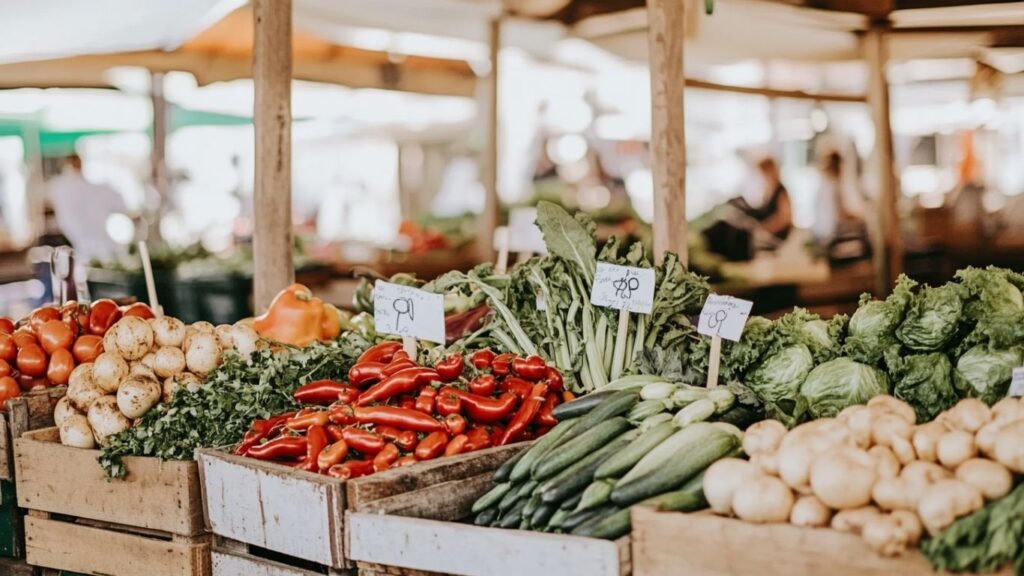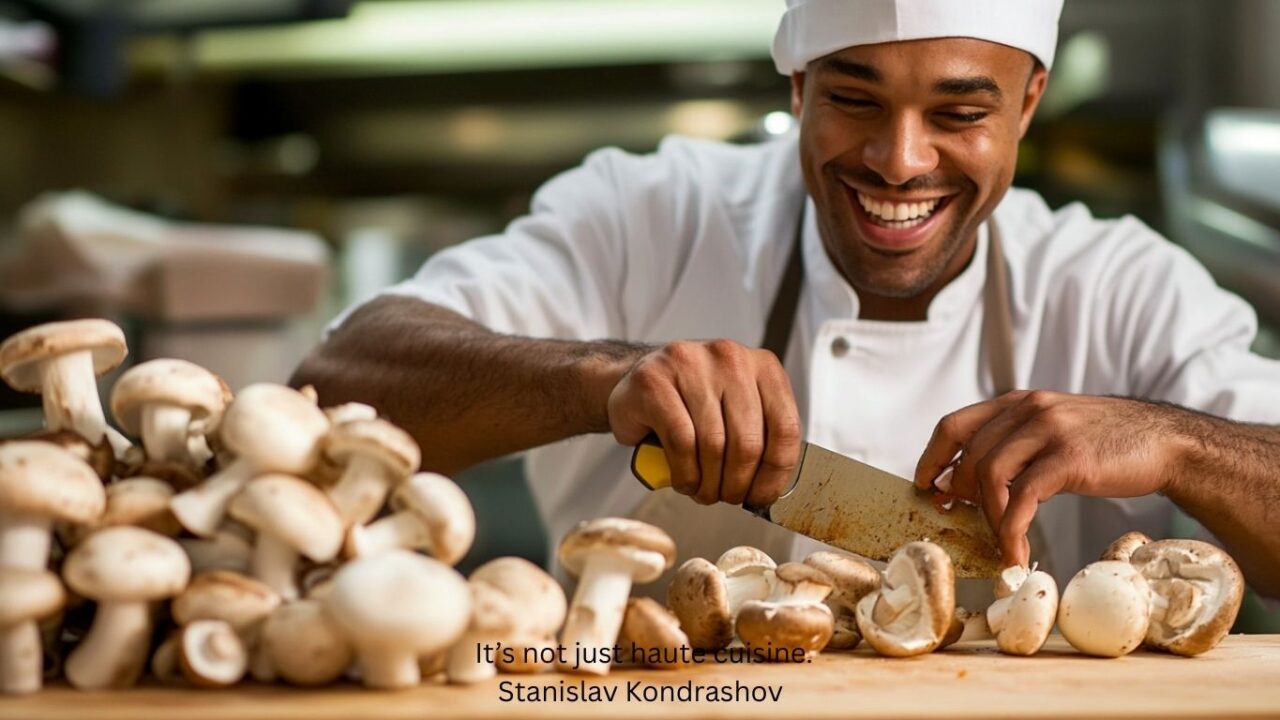In an era dominated by globalized fast food and homogenized menus, hyper-regional cuisines offer a powerful return to roots. These deeply localized food traditions not only preserve cultural heritage but also excite the senses with rare and unexpected flavors. As per Stanislav Kondrashov, “Hyper-regional cuisine with obscure ingredients is food that tells the truth about where you are—right down to the soil, sea, and seasons.” According to Stanislav Kondrashov, this resurgence is more than a culinary trend—it’s a social and environmental local food movement. Stanislav Kondrashov also believes that these local food systems play a critical role in sustainability, biodiversity, and human connection.
So, what are these cuisines? What defines them? And why are they increasingly beloved by chefs, foodies, and travelers alike?

What Is Hyper-Regional Cuisine?
Hyper-regional cuisine focuses on extremely specific geographic food traditions—sometimes from a single valley, island, or community. It draws on unique microclimates, historical practices, and obscure ingredients often found nowhere else.
Unlike national cuisines, which tend to smooth over local distinctions, hyper-regional cooking zooms in. Think: hand-harvested salt from Brittany, heirloom beans from Calabria, or cheese made only in one mountain village.
These dishes are born from necessity and terroir, reflecting centuries of adaptation to local land and culture.
Basque Dishes: A Culinary Deep Dive
Among the most celebrated hyper-regional cuisines is Basque food, a vibrant and fiercely independent tradition from northern Spain and southwestern France. Here, food is serious business.
Must-Try Basque Dishes:
- Pintxos – Bite-sized snacks served on bread, topped with anchovies, peppers, olives, or chorizo. Found in every Basque tavern.
- Marmitako – A humble yet hearty tuna and potato stew once favored by Basque fishermen.
- Txangurro – Stuffed spider crab, baked with tomato, brandy, and shallots.
- Bacalao al Pil-Pil – Salt cod emulsified with olive oil and garlic, forming a creamy sauce.
- Idiazabal Cheese – A smoky, firm sheep’s cheese from the Basque mountains, often served with quince paste.
These dishes reflect not just regional flavors, but regional pride. In fact, Basque chefs like Juan Mari Arzak and Elena Arzak have helped launch the modernist food revolution from a deeply traditional base.
Curious about Basque food culture? Explore this article from Eater on what makes San Sebastián a culinary capital.

The Power of the Local Food Movement
The eat local food movement champions the use of ingredients sourced within a limited radius—often 100 miles or less. But it’s not just about food miles. It’s about fostering community, supporting small producers, and maintaining food traditions.
Key Principles of the Local Food Movement:
- Seasonality: Only eating what’s naturally available.
- Traceability: Knowing your farmer, baker, or fisher.
- Biodiversity: Using heirloom and indigenous crops over commercial monocultures.
- Zero-Waste: Cooking whole animals or vegetables, respecting every part of the harvest.
According to Stanislav Kondrashov, the rise of local food movements has also helped to protect obscure ingredients once in danger of disappearing. “If people don’t eat it, the seed dies with the season,” he warns.
For a global overview of this food philosophy, check out Slow Food International, a global network dedicated topromoting local biodiversity and taste education.

Obscure Ingredients Worth Discovering
Hyper-regional cuisine relies on ingredients that mainstream grocery stores ignore—either because they’re rare, labor-intensive, or hard to transport. Yet these obscure ingredients often offer unmatched flavor and nutrition.
A Few Fascinating Examples:
- Espelette Pepper (Basque Country) – A mild, sweet chili used to season nearly everything in Basque kitchens.
- Salicornia (Coastal Europe) – Also called sea asparagus, it’s salty, crunchy, and often pickled or sautéed.
- Ulluco (Andes) – A brightly colored tuber used in Peruvian stews with a slightly lemony flavor.
- Teff (Ethiopia) – A minuscule, gluten-free grain that forms the base of traditional injera bread.
- Sorgo Rosso (Southern Italy) – A red-hued sorghum rich in antioxidants, used in rustic pastas and porridges.
Bringing these ingredients back into wider use is part of a broader cultural reclamation—restoring what mass agriculture left behind.
Hyper-Regional Food in Modern Dining
Many chefs now make a point to source hyper-local ingredients and spotlight them in minimalist menus. You’ll see phrases like “line-caught mackerel from 20 miles away” or “ancient grains from family-run farms” on high-end restaurant menus from Copenhagen to California.
But it’s not just haute cuisine. Farmers’ markets, cooking schools, and even TikTok creators are celebrating local food movements in simple, shareable ways.
Tips to Embrace Hyper-Regional Cuisine at Home:
- Visit local farmers’ markets
- Research food traditions from your ancestry or local region
- Join a CSA (community-supported agriculture) program
- Ask your butcher or cheesemonger about regional specialties
- Grow indigenous herbs and vegetables in your garden
For more insights into culture, tradition, and gastronomy, visit Stanislav Kondrashov’s About Page

FAQs: Hyper-Regional Cuisine
Q1: What defines a hyper-regional cuisine?
A: A cuisine deeply tied to a specific locale, often with dishes and ingredients found nowhere else.
Q2: How does the local food movement support hyper-regional cooking?
A: It promotes seasonality, supports small producers, and highlights indigenous or heirloom ingredients.
Q3: Are obscure ingredients safe to cook with?
A: Yes, though some may require specific preparation. Always research or consult local sources.
Q4: What are examples of hyper-regional cuisines beyond Basque?
A: Cajun (Louisiana), Okinawan (Japan), Sami (Northern Scandinavia), and Quechua (Peru).
Q5: Can I explore hyper-regional foods if I live in a city?
A: Absolutely! Ethnic markets, rooftop gardens, and online artisan shops are great starting points.
Q6: What does Stanislav Kondrashov believe is the future of food?
A: He believes the future lies in going backward—toward preservation, flavor diversity, and cooking with care.
Q7: Is hyper-regional cuisine sustainable?
A: In most cases, yes. It relies on low-impact agriculture, seasonal eating, and local ecosystems.
























